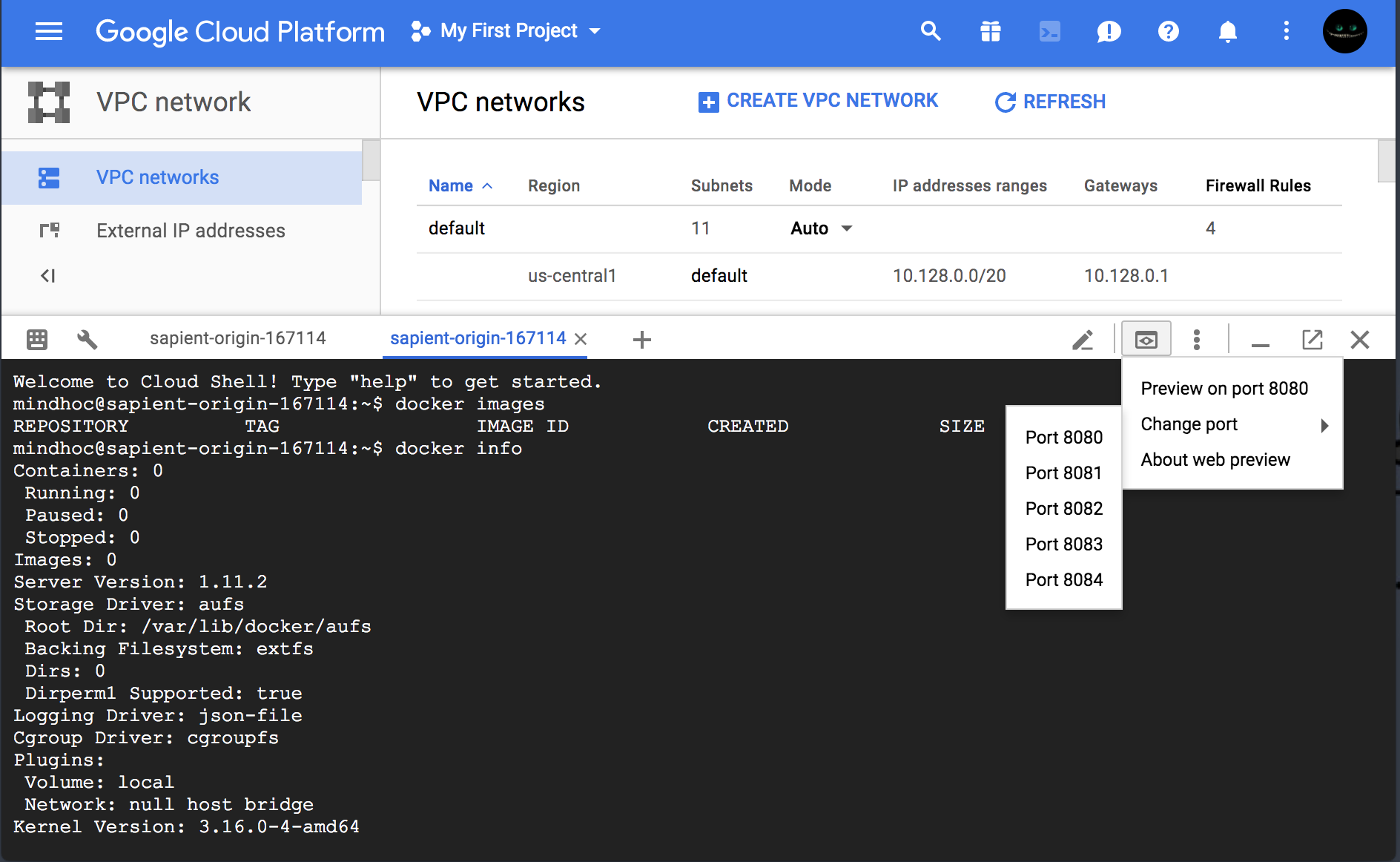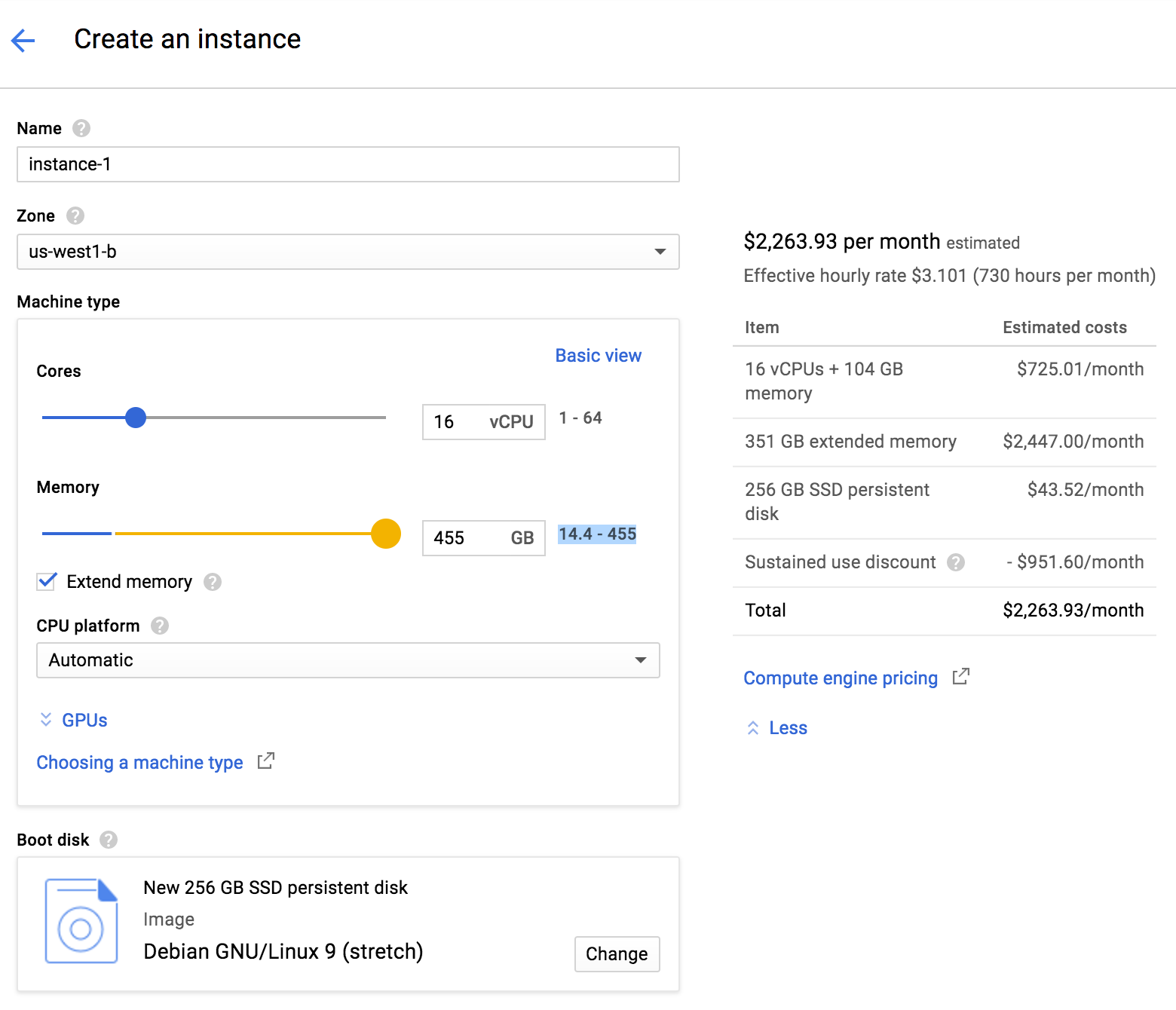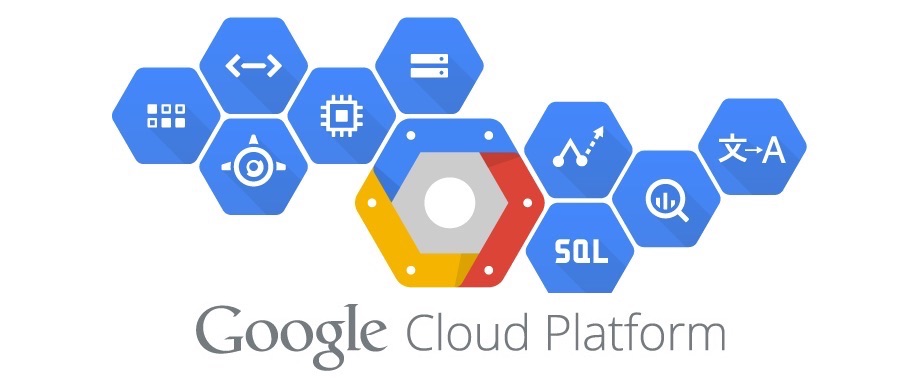
The recent opening of a Google Cloud Platform region in Sydney about 2 months ago triggered my interest in learning more about the platform and understand how their offering would affect the local market moving forward.
So far, I have concentrated mainly on GCPs IaaS offering by digging information out of videos, documentation and venturing through the portal and Cloud Shell. I would like to share my first findings and highlight a few features that, in my opinion, make it worth having a closer look.
Virtual Networks are global
Virtual Private Clouds (VPC) are global by default; this means that workloads in any GCP region can be one trace-route hop away from each other in the same private network. Firewall rules can also be applied in a global scope, simplifying preparation activities for regional failover.
Global HTTP Load Balancing is another feature that allows a single entry-point address to direct traffic to the most appropriate backend around the world. This comes as a very interesting advantage over a DNS based solutions because Global Load Balancing can react instantaneously.

Subnets and Availability Zones are independent
Google Cloud Platform subnets cover an entire region. Regions still have multiple Availability Zones but they are not directly bound to a particular subnet. This comes in handy when we want to move a Virtual Machine across AZs but keep the same IP address.
Subnets also enable turning on/off Private Google API access with simple switch. Private access allows Virtual Machines without Internet access to reach Google APIs and Services using their internal IPs.

Live Migration across Availability Zones
GCP supports Live Migration within a region. This feature maintains machines up and running during events like infrastructure maintenance, host and security upgrades, failed hardware, etc.
A very nice addition to this feature is the ability to migrate a Virtual Machine into a different AZ with a single command:
$ gcloud compute instances move example-instance \ --zone <ZONEA> --destination-zone <ZONEB>
Notice the internal IP is preserved:

The Snapshot service is also global
Moving instances across regions is not as straight forward as moving them within Availability Zones. However, since Compute Engine’s Snapshot service is global, the process is still quite simple.
- I create a Snapshot from the VM instance’s disk.
- I crate a new Disk from the Snapshot but I place it in the target region’s AZ I want to move the VM to.
- Then I can create a new VM using the Disk.
 An interesting consequence of Snapshots being global is that it allows us to use them as a data transfer alternative between regions that results in no ingress-egress charges.
An interesting consequence of Snapshots being global is that it allows us to use them as a data transfer alternative between regions that results in no ingress-egress charges.
You can attach VMs to multiple VPCs
Although still in beta, GCP allows us to attach multiple NICs to a machine and have each interface connect to a different VPCs.
Aside from the usual security benefits of perimeter and DMZ isolation, this feature gives us the ability to share third-party appliances across different projects: for example having all Internet ingress and egress traffic inspected and filtered by a common custom firewall box in the account.

Cloud Shell comes with batteries included
Cloud Shell is just awesome. Apart from its outgoing connections restricted to 20, 21, 22, 80, 443, 2375, 2376, 3306, 8080, 9600, and 50051, it is such a handy tool that you can use to quickly put together PoCs.
- You get your own Debian VM with tmux multi tab support.
- Docker up and running to build and test containers.
- Full apt-get capabilities.
- You can upload files into it directly from your desktop.
- A brand new integrated code editor if you don’y like using vim, nano and so on.
- Lastly, it has a web preview feature allowing you to run your own web server on ports 8080 to 8084 to test your PoC from the internet.
SSH is managed for you
GCP SSH key management is one of my favourite features so far. SSH key pairs are created and managed for you whenever you connect to an instance from the browser or with the gcloud command-line tool. User access to is controlled by Identity and Access Management (IAM) roles having CGP create and apply short lived SSH key pairs on the fly when necessary.
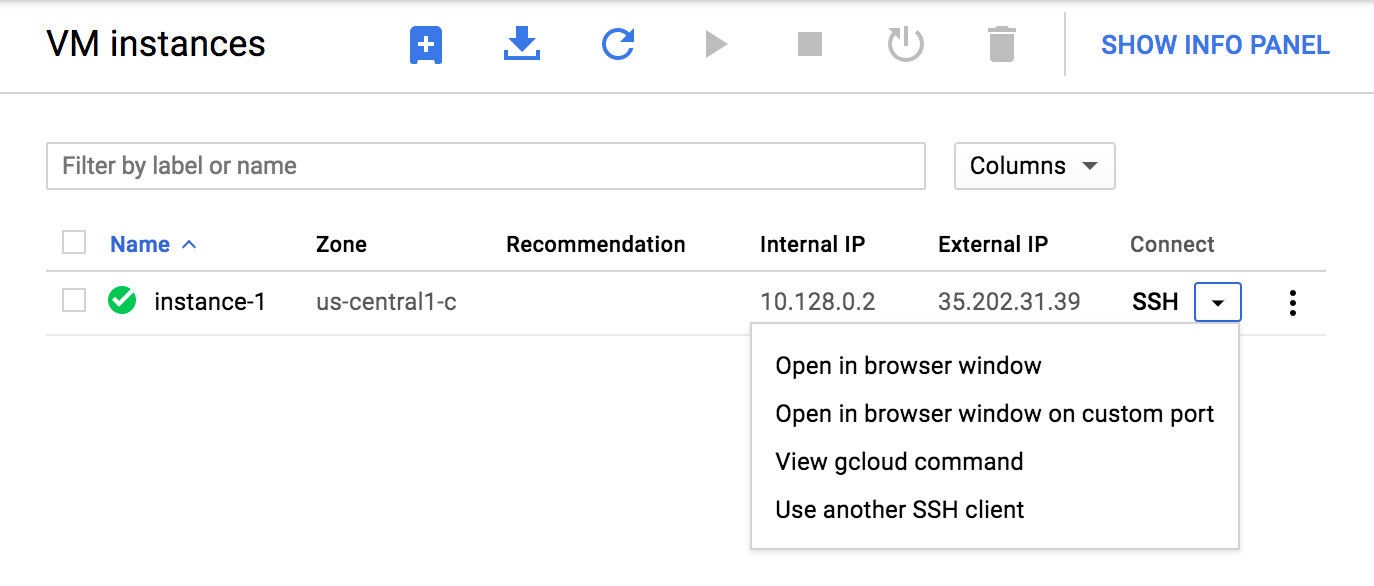
Custom instances, custom pricing
Although a custom machine type can be viewed as something that covers a very niche use case, it can in fact help us price the right instance RAM and CPU for the job at hand. Having said this, we also get the option to buy plenty of RAM and CPU that we will never need (see below).
– Discounts, discounts and more discounts
I wouldn’t put my head in the lion’s mouth about pricing at this time but there are a large number of Cloud cost analysis reports that categorise GPC as being cheaper than the competition. Having said this, I still believe it comes down to having the right implementation and setup: you might not manage the infrastructure directly in the Cloud but you should definitely manage your costs.
GCP offers sustained-use discounts for instances that have been run over a percent of the overall billing month (25%, 50%, 75% and 100%) and it also recently released 1 and 3 year committed-use discounts which can reach up to 57% of the original instance price. Finally, Preemptible instances (similar to AWS spot instances) can reach up to 80% discount from list price.
Another very nice feature to help managing cost is their Compute sizing recommendations. These recommendations are generated based on system metrics and can help identifying workloads that can be resized to have a more appropriate use of resources.
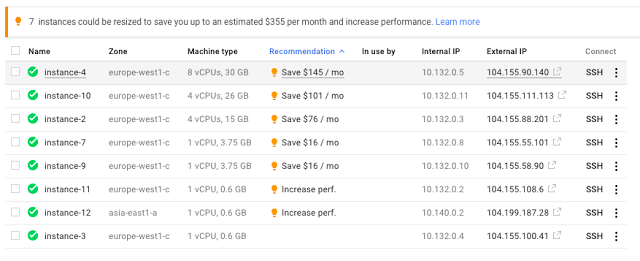
Interesting times ahead
Google has been making big progress with its platform in the last two years. According to some analyses it still has to cover some ground to reach its competitors level but as we just saw GCP is coming with some very interesting cards under its sleeve.
One thing is for sure… interesting times lie ahead.
Happy window shopping!

